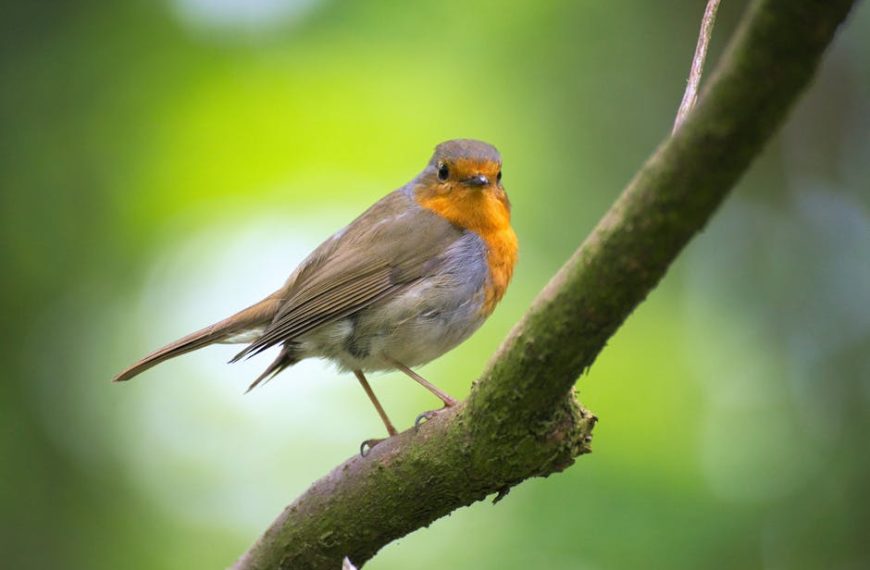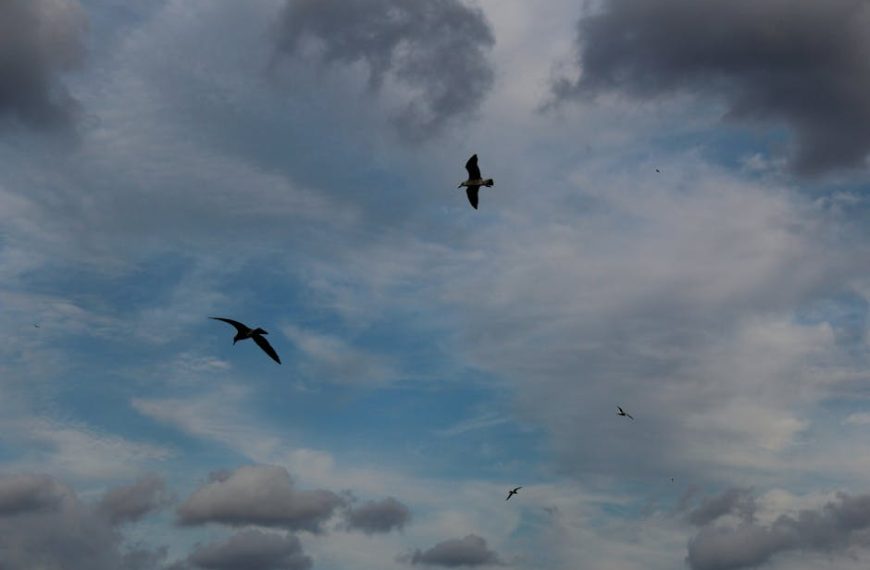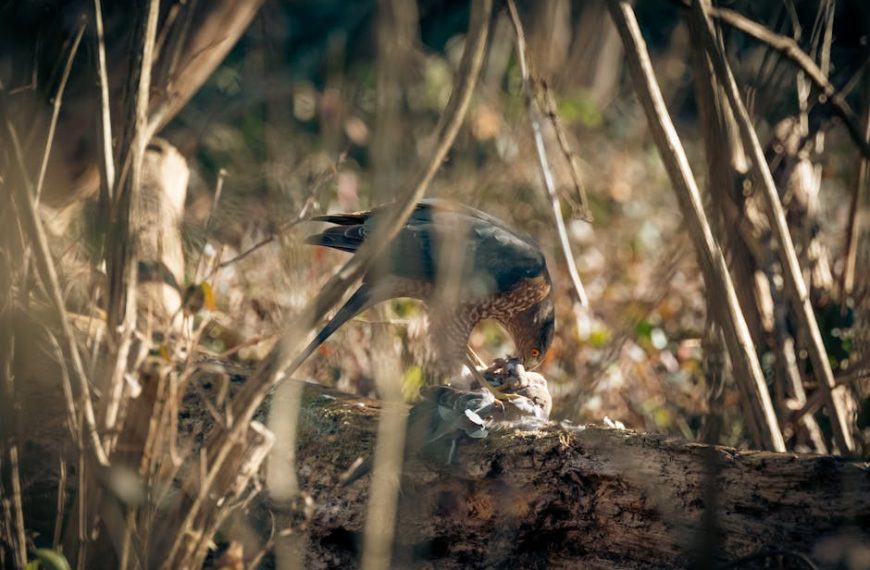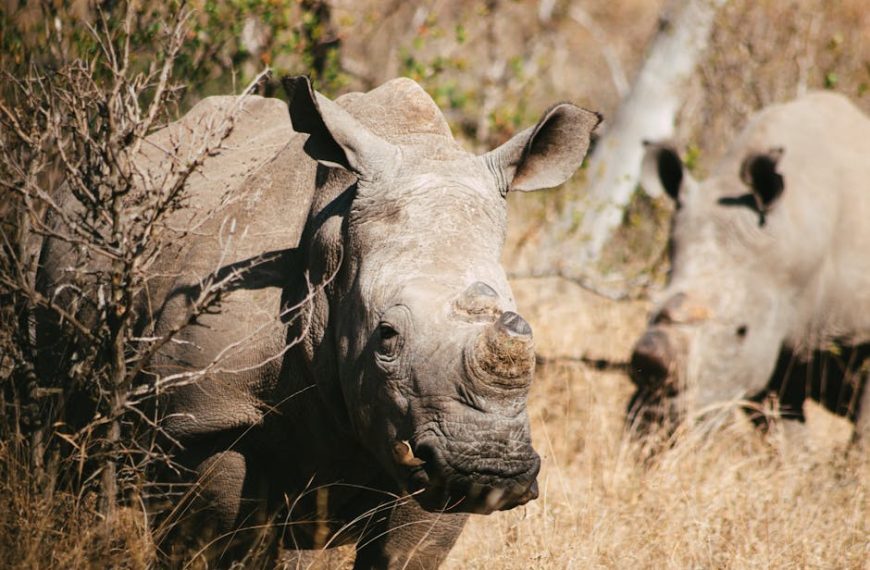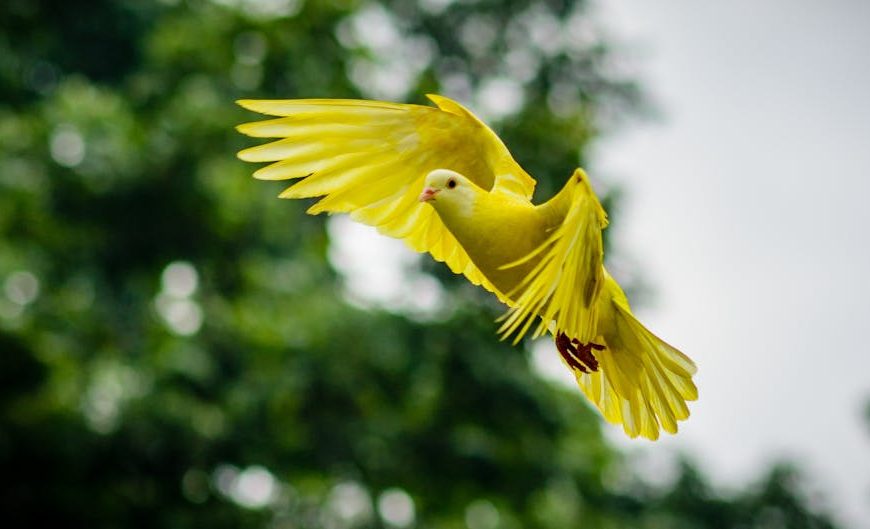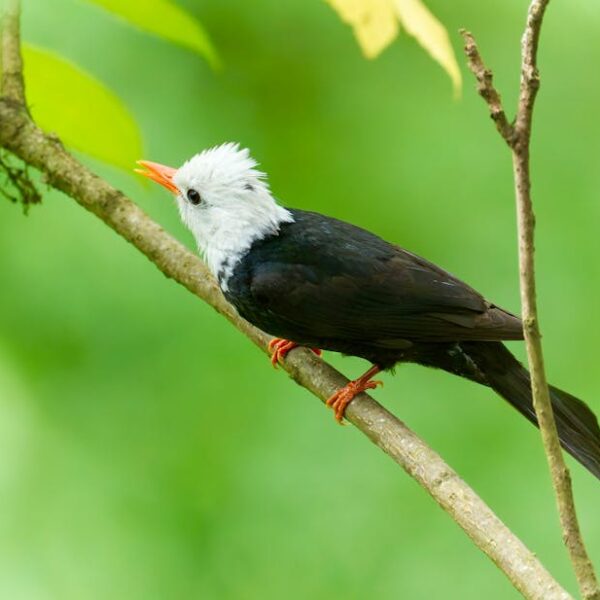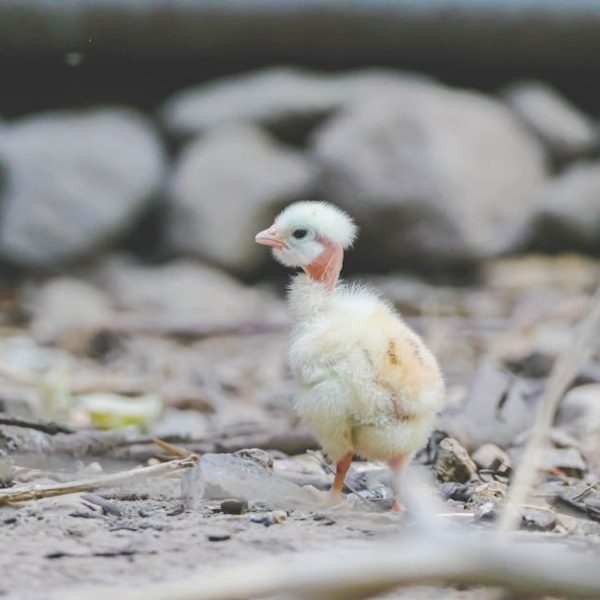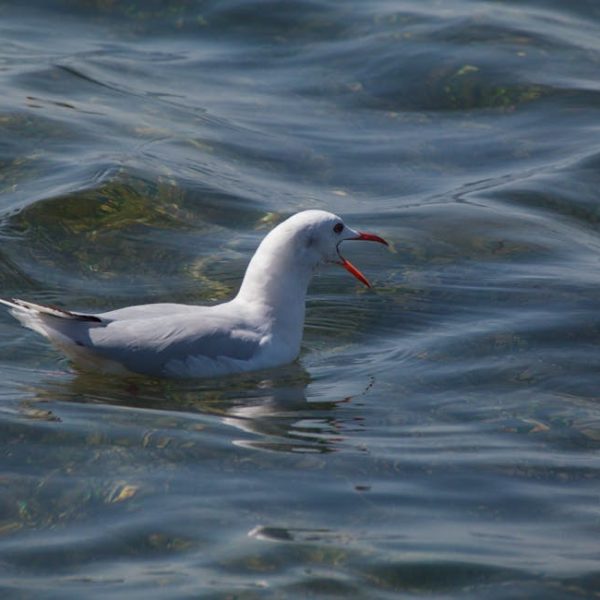Can you imagine if birds had to walk rather than fly south for winter? It sounds like an amusing thought, and it actually is the punchline to a popular feather-filled joke. However, beyond the laughter, there is a serious reasoning that drives birds to undertake these momentous journeys – survival. In this article, we are going to get down to the science behind bird migration, debunk some popular misconceptions, and reveal the true essence behind that joke.
Understanding Bird Migration
Bird migration is an essential survival strategy adopted by various bird species. As a reaction to changing seasons, it provides these feathery vagabonds with access to favourable habitats and abundant food resources, ensuring their survival and continued prosperity.
Birds chiefly fly south during winter due to the plummeting temperatures and scarcity of food in their typical habitats. Some common migratory birds include the Arctic Tern, Swainson’s Hawk, Ruby-throated Hummingbirds, and numerous species of geese and ducks.
However, bird migration isn’t always as straightforward as it seems. There are abnormal patterns and exceptions. A famous example of this would be the Emperor Penguins, who instead of fleeing the Antarctic cold, delve deeper into it for mating and breeding.
The Science Behind Winter Migration
Birds’ migration to milder climates during winter is essentially driven by survival instincts. They migrate to areas rich in food sources, which are often scarce in their breeding grounds during these cold months.
The correlation between bird migration and climatic conditions is quite profound. Scientific research reveals that migratory birds have developed adaptive measures to ensure successful migrations. For instance, they tend to put on fat to use as fuel for their long journeys, and they also adjust their routes based on prevailing weather patterns.
Moreover, the instinctive compulsion of birds to migrate, often independent of age, is another interesting scientific phenomenon. As bird watchers will affirm, tracking this migration can be a rewarding experience. Observing the birds fill up the sky as they embark on these trips is truly a sight to behold.
Role of Geographical Orientations in Migration
The geographical orientation plays a significant role in birds flying south. These winged navigators use an excellent range of skills and methods to find their way during these trans-continental trips. Some birds use the sun for direction during the day and the stars at night, while others may rely on landmarks, wind patterns, or even magnetic fields, each bringing its unique set of pros and cons.
Bird species vary in their utilization of these navigation tools. Some birds, for example, are known to utilize star patterns for navigation, while others may use key landmarks to identify their desired route.
The training of young birds in orientation and navigation is a critical predictor of their survival during migration. This involves learning landmarks, recognising star patterns, and honing the necessary skills for the journey ahead.
The journey to the south is more than a joke or a funny line; it is a phenomenon that tells us much about the instinct, survival, and adaptability of bird species under various challenges. Now that we understand why birds don’t walk their way to the south, we can delve further into the hazards they face during their winter migration, our roles in it, and some prevailing misconceptions in the following sections.
Hazards of Winter Migration
Migration is not without its challenges. Birds often face various hazards and risks, such as predatory threats, adverse weather conditions, and exhaustion, during these long journeys. In addition, the increase in human activities has also started impacting these migration patterns. For instance, brightly lit skyscrapers can disorient birds travelling at night, causing fatal collisions.
Changes in climate also significantly affect bird migration. Rising temperatures and changing weather patterns can impact the timing, direction, and distance of migration for various bird species.
However, there is some relief. Conservation organizations worldwide are actively working to protect migratory birds. They are tracking migration patterns, enforcing laws to restrict activities harmful to birds, and undertaking numerous preservation initiatives.
Myths and Misconceptions about Bird Migration
Just like the myriad of bird species migrating each year, the list of misconceptions about bird migration is extensive. Some people even believe that birds hibernate instead of migrating!
However, let’s bust these myths with facts:
- Not all bird species migrate. Some birds, like the American Goldfinch, change their diet instead of changing continents!
- And no, birds don’t hibernate. The metabolism of the birds slows down at night to conserve energy, which makes them appear sleep-like, but it’s not hibernation.
Now, let’s get back to our original feather-filled joke, Why do birds fly south for winter? Because it’s too far to walk. This joke carries an element of truth. Migration is a survival strategy, and flying is the quickest and most efficient way for birds to relocate for favourable conditions. The thought of birds walking such long distances might seem amusing, but in reality, they would never have the time or energy to do so, let alone survive their journey.
Bird migration, therefore, is no laughing matter. It’s a fascinating phenomenon of instinct and survival that we’re still unraveling, with every migration season revealing more about these excellent avian navigators. Rather than simply smiling about them continuing their journey because ‘it’s too far to walk,’ let’s marvel at their resilience and admire the complexity of nature’s design in moulding these amazing creatures.
Key Takeaway:
- Bird migration is a critical survival mechanism where birds fly to regions with abundant food resources during harsh weather conditions, emphasizing the significance of flying south during the winter.
- This migration pattern is driven by survival instincts and is profoundly affected by climate conditions. Birds adapt to these migrations by storing fat, adjusting routes based on weather and is an instinctive behavior observed irrespective of the bird’s age.
- Birds employ diverse navigational tools like the sun, stars, wind patterns, magnetic fields, and landmarks, with young birds being trained for navigation and orientation.
- Various hazards such as predators, adverse weather, human intervention, and climate change pose significant threats to bird migration. Conservation organizations are actively working to lessen these impacts.
- There are various misconceptions about bird migration, including the belief that all birds migrate and that birds hibernate instead of migrating. In reality, not all birds migrate, and birds do not hibernate – they merely slow their metabolism at night.
It’s amazing to unravel the world of bird migration – a complex mix of instinct, survival, adaptation, and resilience. With this newfound respect, we can not only laugh at the feather-filled joke and the image of birds walking south but also appreciate the truth it holds. Remember to observe, respect, and support our winged friends as they undertake these momentous journeys every year.
FAQs
Q: If not all birds migrate, what do the birds that stay behind do during harsh winters?
A: Not all species of birds migrate. Those who stay put during winters, such as the American Goldfinch, adjust their diet and habits to survive the harsh conditions.
Q: How are young birds trained for their first migration?
A: The orientation and navigation training for young migratory birds typically involve learning and recognizing landmarks and star patterns, along with honing their basic survival and flight skills.
Q: What are some ways humans can mitigate their impact on bird migration?
A: Simple practices like using bird-safe glass on windows, preserving natural habitats, and reducing light pollution can go a long way in ensuring safer migration routes for birds.
Q: How does climate change impact bird migration?
A: Rising temperatures and changing weather patterns due to climate change can affect the timing, direction, and distance of bird migration. These factors could potentially disrupt the birds’ regular pattern and make migration more challenging.
Q: Is bird watching beneficial for the study of bird migration?
A: Yes, avid bird watchers can contribute valuable data about bird migration patterns, changes, and the species observed in their location. This collective information can aid scientific research and conservation efforts.
Feel free to share this article and dig deeper into the exciting world of birds on our website. Happy bird watching and learning!

